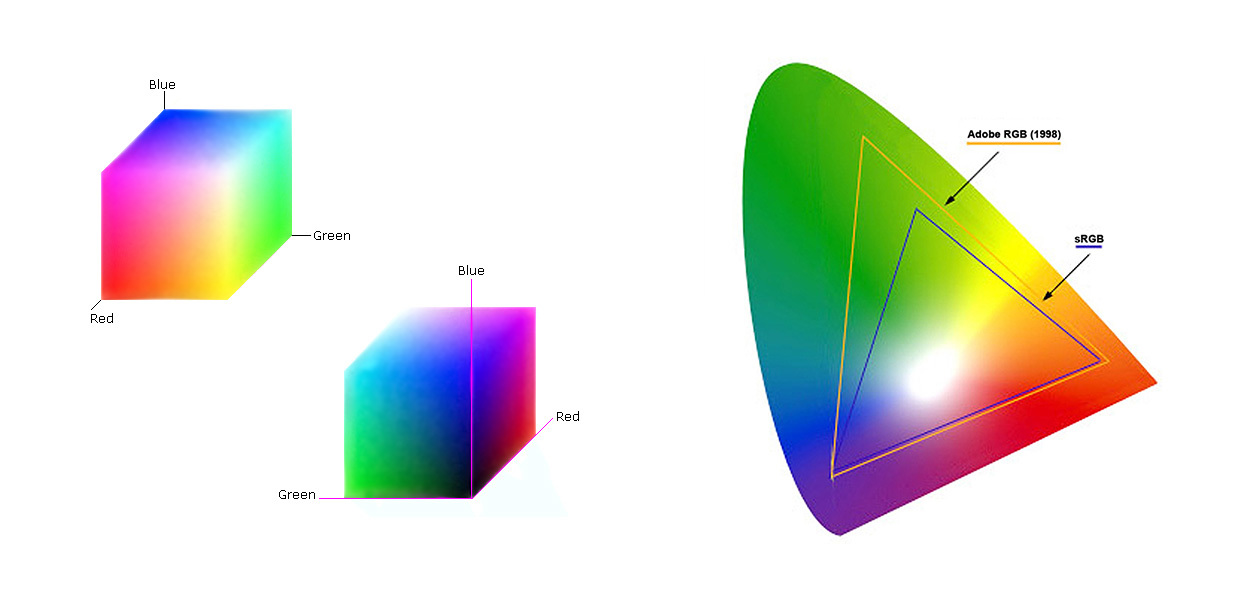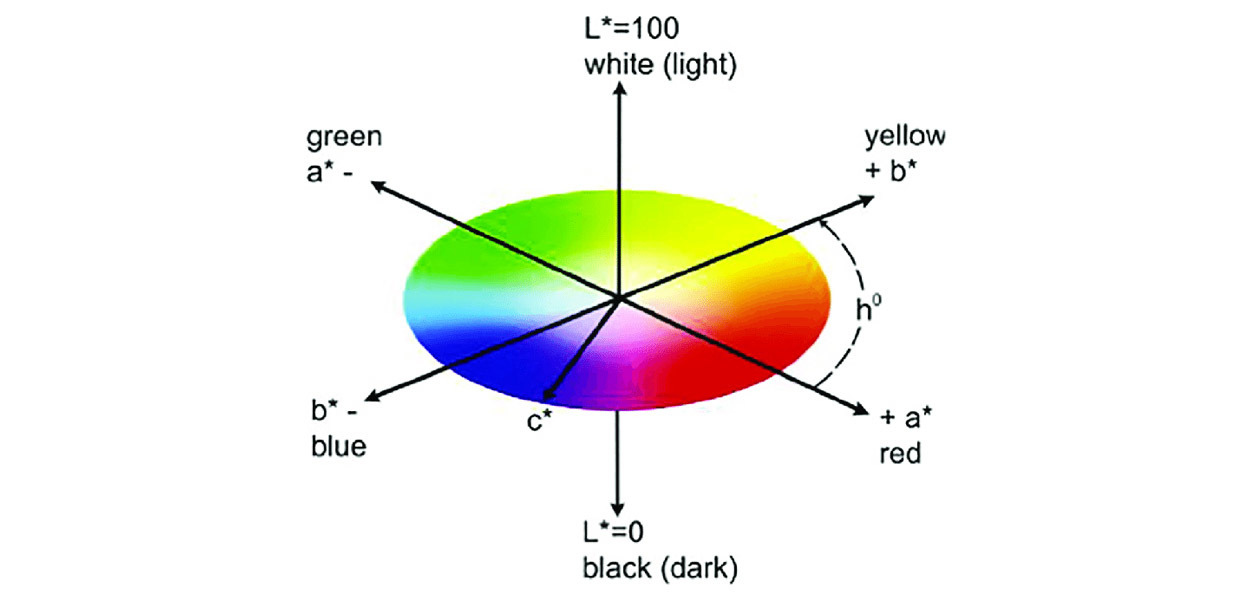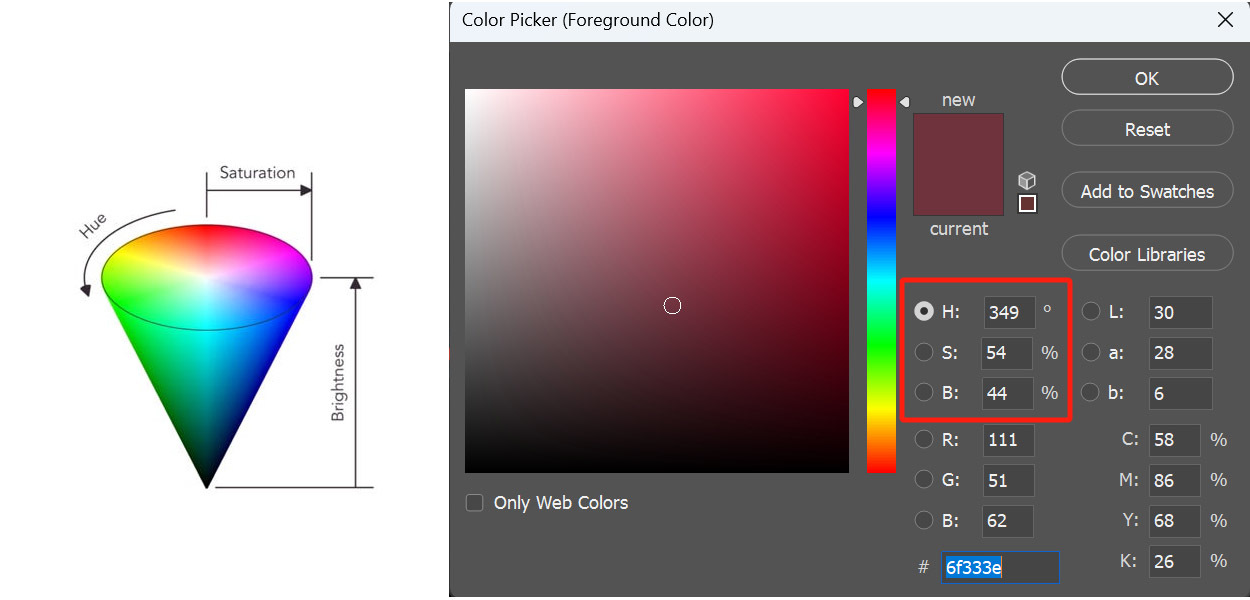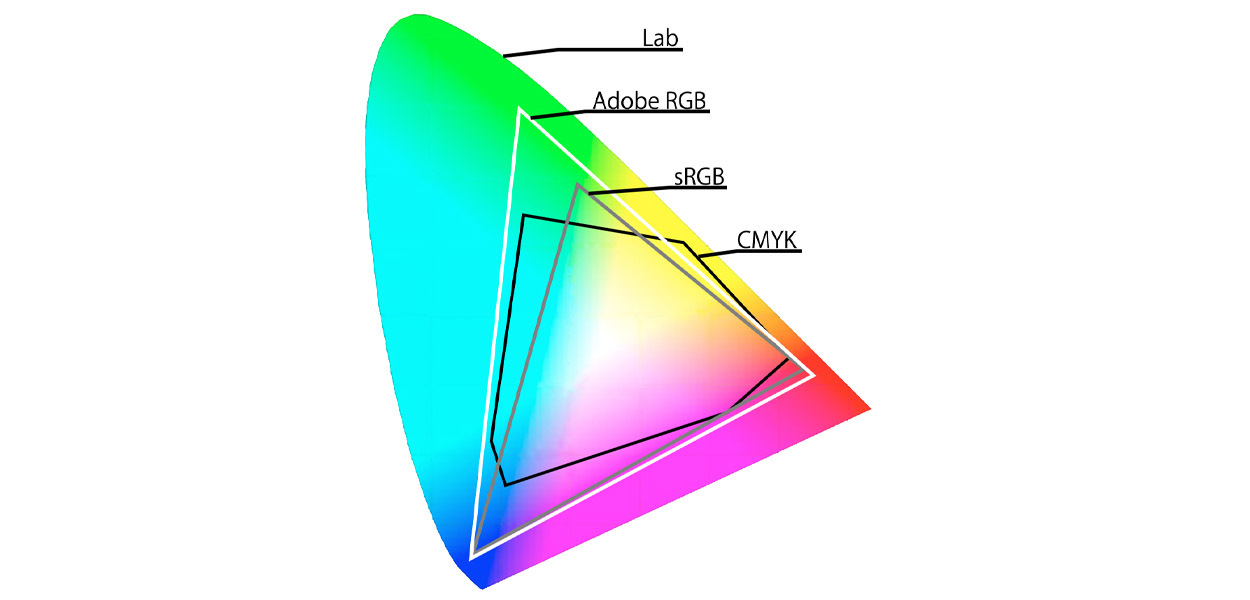Mastering Color Accuracy in Inkjet Printing: Understanding ICC, RGB, CMYK, HSB, and Lab
In the world of digital inkjet printing, color accuracy is everything. Whether you are producing a vivid garment design, a promotional banner, or high-end packaging, the way colors are represented and translated across devices determines the final print quality. However, colors on your monitor often appear differently when printed — a common frustration for print novices. Why does this happen? The answer lies in color management systems such as ICC profiles, and in understanding the differences between RGB, CMYK, HSB, and Lab color spaces.
What Is an ICC Profile?
ICC stands for International Color Consortium. The ICC established a universal color management framework that allows consistent color reproduction across different devices and software systems. When you print a document or an image, it might appear discolored compared to what you see on your screen. This discrepancy occurs because the display uses the RGB color space, while printers work in CMYK. The two systems have different color gamuts, meaning they can each represent only a portion of all visible colors.
An ICC profile acts as a “translator” between these color systems. It ensures that the colors displayed on a monitor match as closely as possible to the colors printed on paper or fabric, by compensating for the color differences between devices.
RGB Color Space
The RGB color space is based on three primary colors — Red, Green, and Blue — and is an additive color model widely used in displays such as televisions, computer monitors, and smartphones. Colors are created by varying the intensity of these three channels, and each pixel can display up to 16.7 million colors (256 × 256 × 256).
The most common RGB standards are sRGB and Adobe RGB.
- sRGB (standard RGB), developed by Microsoft and HP, is the universal standard for most displays and the web.
- Adobe RGB provides a wider gamut, often used in professional photo editing and design for richer color representation.
RGB is ideal for on-screen visualization, but since printers do not use light to produce color, this mode must be converted to CMYK for printing.

CMYK Color Space
The CMYK color model uses four inks: Cyan (C), Magenta (M), Yellow (Y), and Black (K). Unlike RGB, which mixes light, CMYK mixes pigments — a subtractive process used in printing.
While CMYK is essential for accurate print output, its gamut is smaller than RGB. This means some bright or vivid colors you see on screen may not appear exactly the same when printed. Converting files from RGB to CMYK ensures that your designs are compatible with the printer’s color capabilities, resulting in more realistic and consistent prints.

Lab Color Space
The Lab color model (officially known as CIELAB) was standardized by the Commission Internationale de l’Éclairage (CIE). It is a device-independent color model — meaning it represents colors based on human visual perception, not limited by screens or printers.
Lab color is defined by three components:
- L: Lightness (0 = black, 100 = white)
- a: Green to Red axis (-128 to +127)
- b: Blue to Yellow axis (-128 to +127)
Lab covers the widest color gamut of all major color spaces — even broader than what the human eye can perceive. Because of its accuracy, Lab color is often used in professional color calibration and ICC profile creation, ensuring consistent reproduction across various devices and materials.

HSB Color Space
HSB (Hue, Saturation, Brightness) is a color model based on human perception.
- Hue (H) defines the type of color (e.g., red, blue, green) and ranges from 0° to 360°.
- Saturation (S) represents the purity of the color (0–100%), with higher saturation producing more vivid tones.
- Brightness (B) controls the lightness (0–100%), from black to full white.
This intuitive model is popular among designers because it allows for easy and direct color adjustments without deep technical knowledge. It’s particularly useful for creative applications and quick visual editing in software like Photoshop or Illustrator.

Why Does Color Shift Happen in Printing?
Color deviation — when prints appear different from screen previews — can result from several factors:
- Different Color Models: Displays use RGB, while printers use CMYK or extended ink sets (e.g., CMYK + LC + LM). When RGB data is converted to CMYK, some colors outside the printer’s gamut cannot be perfectly reproduced.
- Different Materials and Inks: Ink interacts differently with coated papers, PVC, PET films, or textiles. Each substrate absorbs and reflects ink uniquely, causing slight shifts in appearance.
- Hardware and Software Variations: Different printheads (e.g., Epson first-generation vs. fourth-generation) or RIP software versions interpret color data differently. Even when using the same ink and media, each printer model may require a customized ICC profile.
How ICC Profiles Are Created
ICC profiles are generated using professional color management tools, such as X-Rite spectrophotometers.
- The printer produces a standard color chart on a specific medium.
- The spectrophotometer measures the printed patches.
- The software compares them to reference values and calculates deviations.
- The result is an ICC curve — a profile that corrects color differences for that printer, ink, and substrate combination.
For large-format printers, ICC profiles are imported into RIP software (e.g., FlexiPrint, Wasatch, Onyx) to optimize output accuracy. Desktop printers, however, often come with built-in color profiles, as their media range is limited.
Key Takeaways
- Different media and inks require their own ICC profiles.
- ICC ensures color consistency across devices and substrates.
- Using an incorrect or mismatched ICC profile leads to inaccurate color reproduction.
- Among the main color spaces — Lab > HSB > RGB > CMYK — Lab offers the widest gamut and highest fidelity.

Each printing technology — DTF, UV, or sublimation — requires precise color management to unlock its full potential. Understanding and managing color through ICC profiles is the foundation of professional inkjet printing. It not only ensures what you see is what you get, but also helps print businesses deliver precise, high-quality results across all applications — from textiles to signage and beyond.
Contact Us
Global sales e-mail: info@hanrunpaper.com
Global sales WhatsApp: 86 189 3686 5061
Address: No.10 building, Baijiahui Innovation Community, 699-18 Xuanwu Avenue, Nanjing, China
Need Local Support? Find a Certified Hanrun Paper Dealer in Your Area.
Transfer To Digital, Transfer To Future
Hanrunpaper
Contact us

Address:No.10 building, Baijiahui Creative Community, 699-18 Xuanwu Avenue, Nanjing, China













